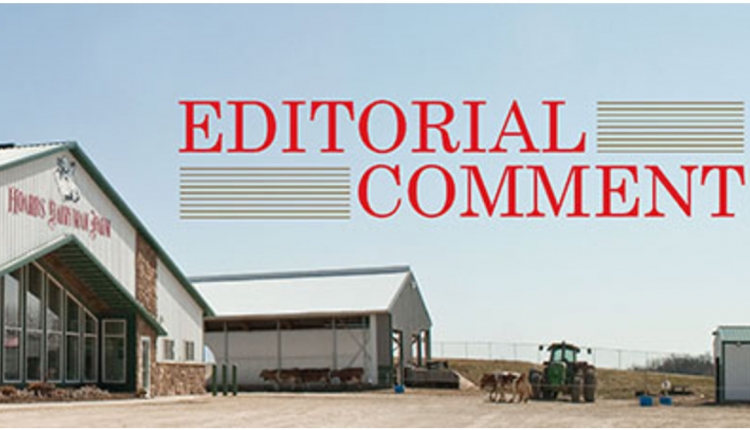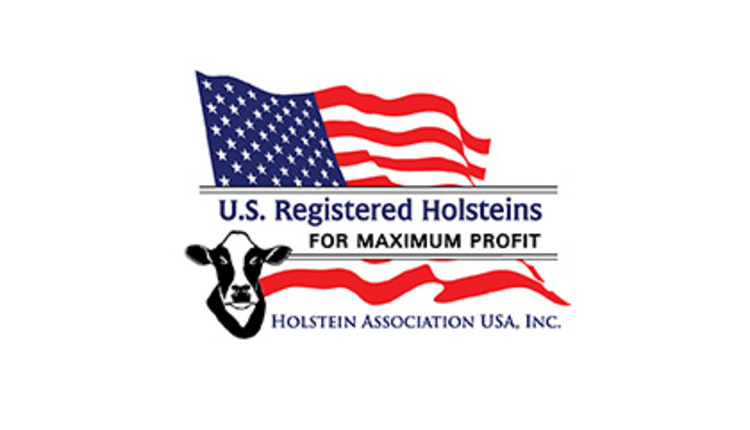
Not that long ago, high genetic merit bulls with evaluations based on milking daughters topped the A.I. sale charts. Then came sexed semen and genomic testing. Flush with high-end replacements, that dynamic duo eventually gave rise to a third strategy of using beef semen on dairy cows. That trifecta emerged so quickly that someone who left our industry a short decade ago would not recognize semen inventory charts or be able to visualize the calves standing in our nursery pens.
Gender-selected semen ushered in this new era. Sexed semen delivering 90% or more females solved the calving dilemma faced on many of our dairies, as smaller, more easily delivered heifer calves led to a much smoother transition period for the dam. The added bonus included creating more heifer calves from our top genetic-merit, first-calf heifers.
With more focus and capital spent on genetics, genomic tests that predict an animal’s genetic potential with upwards of 70% accuracy became the natural next step. Arriving on the scene in 2008, it took U.S. farmers seven years to run the first 1 million tests. In the next 26 months, another million tests were run on dairy animals. It took 17 months to reach 3 million tests, 15 months for 4 million, and just 12 months to pass the 5 million threshold on March 5, 2021. One might predict that the 6 million mark may be reached by year’s end. Tests were just part of the story. Young genomic bulls gained incredible market share and now account for three-quarters of all dairy semen sales.
Flush with the best genetics in the replacement pens, we have sought ways to better manage calf raising costs and create more valuable animals for the consumer. That caused some of us to turn to beef semen. From 2003 to 2013, domestic beef semen sales fluctuated from 1 million to 1.8 million units. Those sales settled into the 2 million-unit range from 2014 to 2017. Then came the explosion. In 2018, the A.I. sector sold 4 million units of beef semen. By 2019, that number powered to 5.8 million units, and just last year it leapt to 7.2 million. While we can’t confirm how many units went into dairy cattle, we aren’t aware of a dash by cattlemen to catch and service their beef cows using A.I.
One dataset from a Dairy Herd Information Association (DHIA) paints a vivid picture of the new breeding strategy. In 2009, just 9% of Holsteins were bred to sexed semen, but that number climbed to 21% by 2020. Jerseys were more stark, moving from 23% to 46%. While beef on dairy was near heresy a decade ago, 27% of Holsteins and 34% of Jerseys were bred to beef bulls last year, according to that same dataset. We predict that this trend has just begun.











